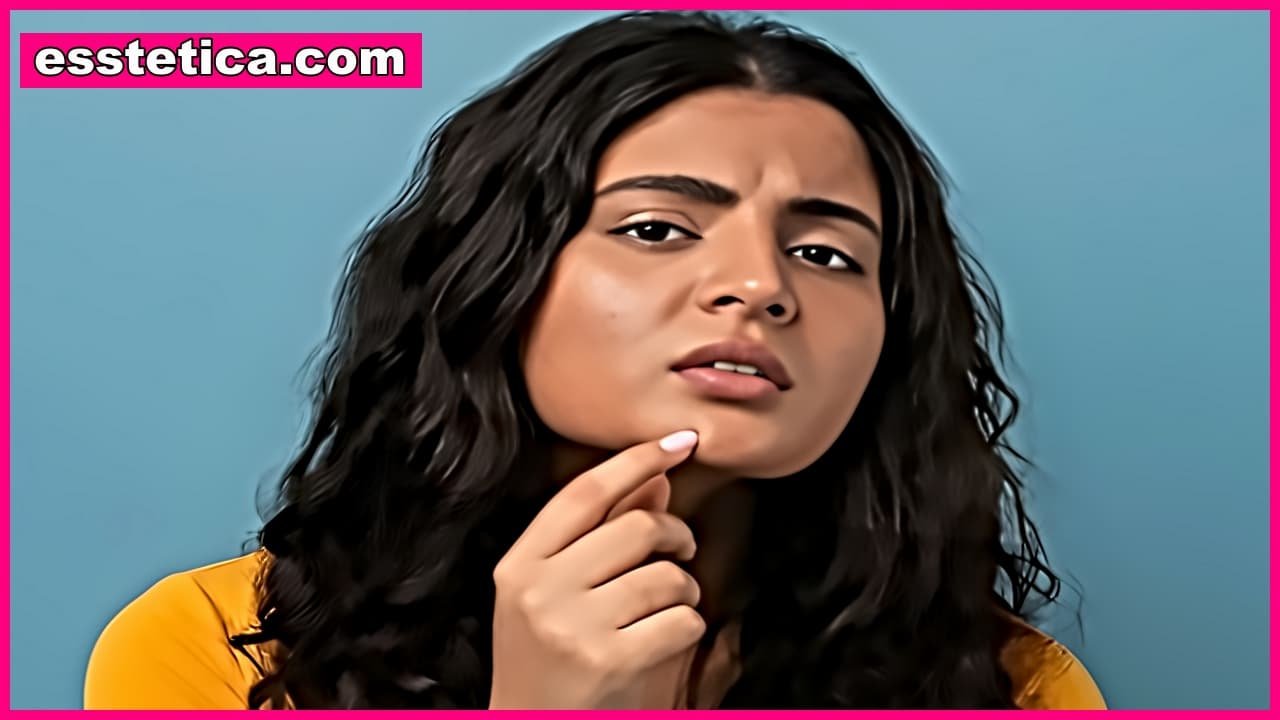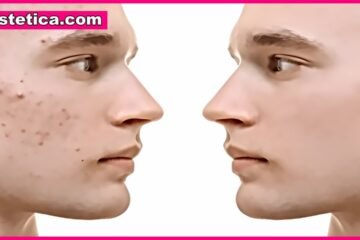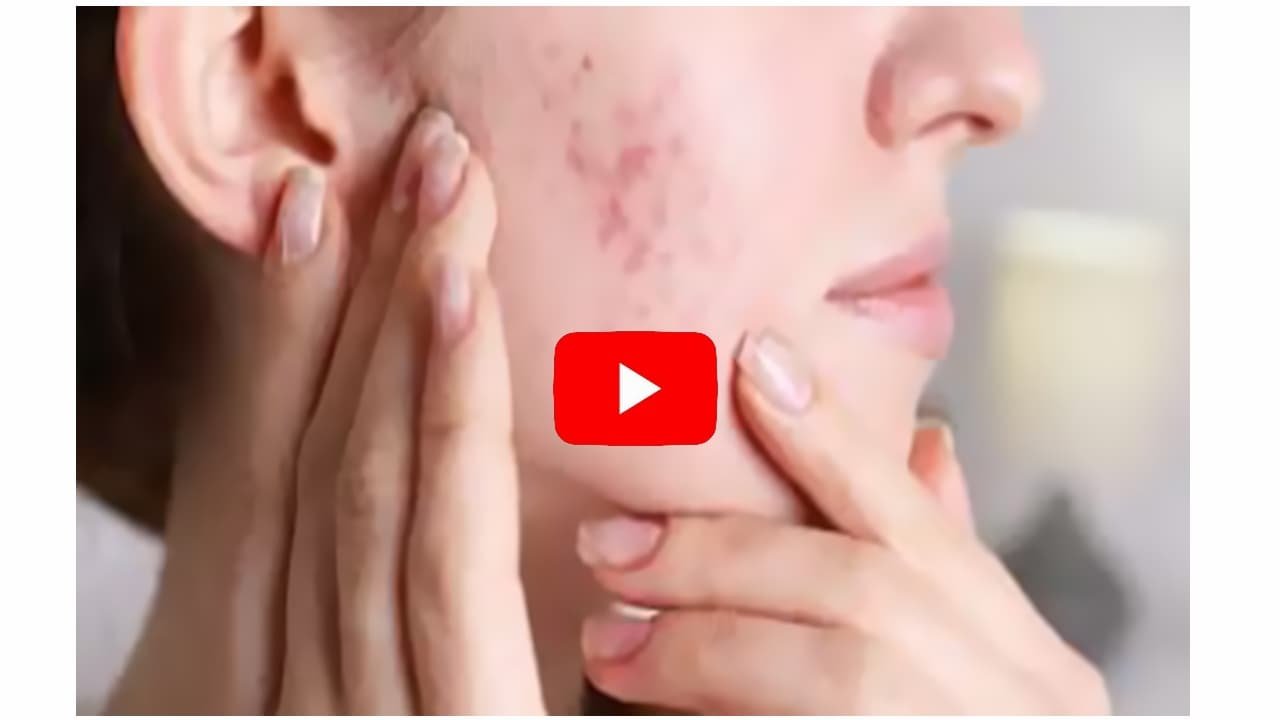Introduction
You’ve probably stood in front of a mirror and wondered:
“Okay, what type of acne is this?”
Because here’s the truth — not all acne is the same. Some bumps are tiny and painless, others feel like underground monsters. Some heal overnight, while others leave scars that seem to last forever.
Before you can treat acne effectively, you need to understand what kind you’re dealing with. Think of it like diagnosing the “enemy” before starting the battle.
In this guide, we’ll break down every common acne type — what it looks like, why it forms, and what actually works against it.
1. The Basics: What Exactly Is Acne?
At its core, acne is an inflammatory skin condition caused by clogged pores.
Every pore on your face is a tiny tunnel that leads to an oil gland. When oil (sebum), dead skin cells, and bacteria get trapped inside, that pore gets inflamed — and boom, you have a breakout.
But depending on how deep that clog is, and how your skin reacts, the acne will look and behave differently. That’s where acne types come in.
2. Non-Inflammatory Acne: The “Quiet” Type
These are the kinds of acne that don’t hurt, don’t swell, and usually just make your skin look bumpy or uneven.
A. Whiteheads (Closed Comedones)
What they look like:
Small, flesh-colored or white bumps that stay under the surface of your skin.
Where they appear:
Forehead, chin, or around the nose — basically, oily zones.
Why they form:
Dead skin cells and oil block a pore, but the surface closes over it, trapping everything inside.
Treatment tips:
-
Use salicylic acid to unclog pores.
-
Gentle exfoliation helps lift dead cells.
-
Avoid picking — it pushes bacteria deeper.
B. Blackheads (Open Comedones)
What they look like:
Tiny dark dots that feel rough to the touch.
Why they look black:
It’s not dirt — it’s oxidized oil. When the trapped sebum meets air, it turns dark.
Treatment tips:
-
Salicylic acid cleans out the pore lining.
-
Retinoids prevent new blackheads from forming.
-
Avoid pore strips; they only remove the surface, not the cause.

3. Inflammatory Acne: The Angry Type
When your immune system gets involved, acne becomes inflamed, red, and painful.
A. Papules
What they look like:
Small red bumps that are tender when touched.
What’s happening under the skin:
The pore wall has broken down from too much pressure, causing inflammation.
Treatment tips:
-
Spot-treat with benzoyl peroxide to kill bacteria.
-
Use soothing ingredients like niacinamide to calm redness.
-
Avoid harsh scrubs — they can worsen inflammation.
B. Pustules
What they look like:
Red bumps with a white or yellow tip (a.k.a. the “classic pimple”).
What’s inside:
A mix of pus (white blood cells + oil + bacteria).
Treatment tips:
-
Apply benzoyl peroxide or sulfur-based creams.
-
Keep hands away — popping can cause scars.
-
Follow up with gentle hydration to prevent dryness.
4. The Deep Ones: Cystic and Nodular Acne
These are the most painful and stubborn types — they develop deep under the skin and take weeks to heal.
A. Nodular Acne
What it looks like:
Large, firm, and painful bumps under the skin — no visible head.
Why it forms:
Severe clogging and infection deep within the pore.
Treatment tips:
-
Usually needs prescription treatments like oral antibiotics or retinoids.
-
Avoid squeezing — it can lead to scarring.
-
Ice helps reduce swelling temporarily.
B. Cystic Acne
What it looks like:
Soft, swollen, pus-filled lumps beneath the skin.
The difference from nodules:
Cysts are softer because they contain more pus.
Treatment tips:
-
Dermatologist intervention is often necessary (oral medication or hormonal therapy).
-
Gentle cleansers + non-comedogenic moisturizer are essential.
-
Patience is key — cystic acne heals slowly.
5. Hormonal Acne: The Monthly Surprise
If your acne flares up around your period, jawline, or chin, you’re likely dealing with hormonal acne.
What it looks like:
Deep, painful pimples that form in clusters — especially before menstruation.
What causes it:
Fluctuations in androgens (male hormones) cause your oil glands to produce more sebum.
Treatment tips:
-
Look for retinoids or azelaic acid.
-
For severe cases, doctors may recommend birth control pills or spironolactone.
-
Maintain a consistent skincare routine — hormones need stability.
6. Fungal Acne: The Imposter
Surprise — not all acne is actually acne!
Fungal acne (Malassezia folliculitis) is caused by yeast overgrowth, not bacteria.
What it looks like:
-
Tiny, itchy bumps that appear in clusters.
-
Often found on the forehead, chest, or back.
-
Looks like small uniform whiteheads.
Treatment tips:
-
Use antifungal creams or shampoos with ketoconazole.
-
Avoid heavy moisturizers that trap moisture.
-
Keep sweat off the skin — yeast loves humid environments.
✅ Struggling with acne? Discover the 2 natural solutions I personally recommend:
👉 Get Ninja Health Now — Launch Your Health Site in 60 Seconds
7. Body Acne: Beyond the Face
Acne doesn’t stop at your face — it can appear on your back, chest, or shoulders too.
Causes:
-
Sweat and friction from clothes
-
Hormones and excess oil
-
Poor exfoliation or residue from hair products
Treatment tips:
-
Use benzoyl peroxide body washes.
-
Exfoliate with salicylic acid or lactic acid.
-
Shower after workouts to clear sweat and bacteria.
8. Acne Scars vs. Active Acne: Know the Difference
Ever wonder if those dark marks are new pimples or old ones?
Post-Inflammatory Hyperpigmentation (PIH):
Dark or red spots left after a breakout heals.
Acne Scars (Atrophic):
Depressed marks like ice-pick or rolling scars caused by collagen damage.
Treatment:
-
For PIH → vitamin C, niacinamide, or chemical exfoliants.
-
For scars → retinoids, microneedling, or laser treatments (by dermatologists).
9. How to Identify Your Acne Type at Home
Here’s a simple guide to help you pinpoint what’s happening:
| Symptom | Likely Acne Type | Action |
|---|---|---|
| Small, rough bumps with no redness | Whiteheads or blackheads | Use exfoliating acids |
| Red, tender bumps | Papules | Benzoyl peroxide, anti-inflammatory care |
| Pus-filled pimples | Pustules | Antibacterial spot treatments |
| Deep, painful lumps | Nodules or cysts | See a dermatologist |
| Itchy, tiny bumps in clusters | Fungal acne | Try antifungal care |
| Breakouts around jawline or during period | Hormonal acne | Hormone balancing treatments |
If you’re still unsure, take pictures in good lighting for a week — note how the bumps evolve. That helps a dermatologist identify patterns more accurately.
10. When to See a Dermatologist
If you’ve tried over-the-counter creams for months with no improvement — or if acne is causing pain, scarring, or affecting your confidence — it’s time to see a professional.
Dermatologists can prescribe stronger treatments like:
-
Topical retinoids (adapalene, tretinoin)
-
Oral antibiotics
-
Hormonal therapy (for women)
-
Isotretinoin for severe cystic acne
Conclusion: Knowing Is the First Step to Healing
Acne isn’t one-size-fits-all — it’s personal. What looks like a simple pimple might be hormonal, fungal, or inflammatory. And the treatment that works for one type can make another worse.
Understanding your acne type is the foundation of clear skin. Once you identify what you’re dealing with, you can finally choose products and habits that actually help — not harm.
So next time you look in the mirror, don’t just see a breakout.
See information. See signals. See your skin trying to tell you something.
Listen to it — and you’ll find your path to healing. 💚
✅ Struggling with acne? Discover the 2 natural solutions I personally recommend:
👉 Get Ninja Health Now — Launch Your Health Site in 60 Seconds
YOU MAY ALSO LIKE:

 What Acne Means: Understanding the Real Story Behind Your Breakouts
What Acne Means: Understanding the Real Story Behind Your Breakouts What Acne Means on Your Face: The Hidden Map of Your Skin
What Acne Means on Your Face: The Hidden Map of Your Skin

